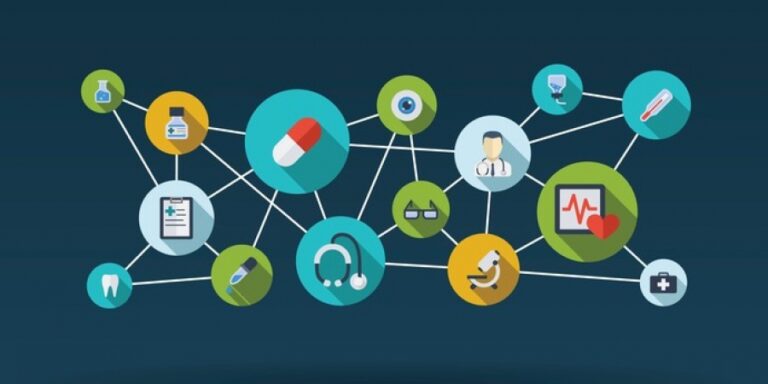Delivering a patient safely to the emergency department is an agency’s final step in a 9-1-1 call that results in transport. The transfer of patient information, professional responsibility, and accountability between caregivers with the ability to ask and answer questions, or patient hand-off, is a key component that can set the trajectory for a patient as they enter the hospital.
While the importance of the patient hand-off relates to the quality and speed of care to be provided to the patient, another critical factor is sentinel events. Typically defined as events leading to death, permanent harm, or severe, temporary harm – sentinel events are what every healthcare provider strives to avoid. These events are debilitating to not only the patient but the healthcare providers involved as well. A well-documented patient hand-off procedure helps to ensure that sentinel events are minimized and that patients get the best care possible from door to door.
Align on Your Goals
As the phrase goes, “begin with the end in mind.” What would that look like if patient hand-offs were in the best place possible? How would communication flow, who would share information, and how would it be documented? By answering these questions, you can begin to formulate your goals for how you’d approach best practices for patient hand-offs. Don’t forget to get feedback from both hospital and first response teams to get the complete picture of how communication loops are currently happening.
Standardize your Patient Hand-off Methodology
Agencies looking to standardize and solidify their hand-off protocols have several options to consider as their starting point. Two popular hospital protocols are I-Pass (illness severity, patient summary, action list, situation awareness and contingency planning, synthesis by receiver) and SBAR (situation, background, assessment, recap/Rx). Each is a mnemonic device used to ensure that consistent information in order of importance is passed from provider to provider. An EMS-specific modification of SBAR is SBAT (situation, background, assessment, treatment), which replaces the recap/Rx with the treatment mnemonic to better match the patient data EMS would be passing during a patient hand-off. EMS agencies can also add the trauma-specific mnemonic MIVT (mechanism, injuries, vitals, treatment) to their methodology to account for trauma-specific cases. While mnemonics provide a good base, remember that they are only a framework and should be supported with other elements such as training, feedback, and adjustments after implementation.
No matter your chosen methodology, you should be mindful of the data you need to exchange. Through their research, the Joint Commission has identified ten individual data points that should be exchanged during patient hand-offs:
- Sender contact information
- Illness assessment, including the severity
- Patient summary, including events leading up to illness, ongoing assessment, and plan of care
- To-do action list
- Contingency plans
- Allergy list
- Code status
- Medication list
- Dated laboratory tests
- Dated vital signs
Find a Quiet Space for Patient Hand-Offs
One of the challenges in implementing a patient hand-off is that emergency departments are typically loud environments, and finding a quiet place to share information can be challenging. In fact, studies continue to highlight the effects of ineffective hand-offs, and conditions for patient hand-offs in the emergency department are rarely ideal. Paramedics and nurses are often overworked and rushing to their next crisis. Conducting a patient hand-off in a timely fashion can be difficult when it’s hard to hear and digest the information you are getting verbally. Crews must do their best to find a quiet space to conduct the hand-off away from the noise and chatter of the emergency department.
Review and Revise Patient Hand-Off Protocols
Protocols are only useful if they are well-understood and helpful to the crews that utilize them. Spend time asking crews and staff how the methodologies are working. Are they able to complete the hand-off in a timely manner? Some experts say you should be able to complete a hand-off in 45 seconds or less. Is the methodology easily digestible and helpful to the teams using it? Don’t be afraid to take feedback and study adjustments to improve the process. Verifying whether your patients are receiving better care and if fewer mistakes are being made is the final test to ensure you are achieving your goal of providing the best care possible.
Transferring essential information and patient care responsibility from one healthcare provider to another is a central component of healthcare communication. The patient hand-off is more critical than the transfer from EMS to the hospital. Evaluating the protocol for agencies and hospitals should be an ongoing process to highlight communication as the critical element determining a patient outcome.




